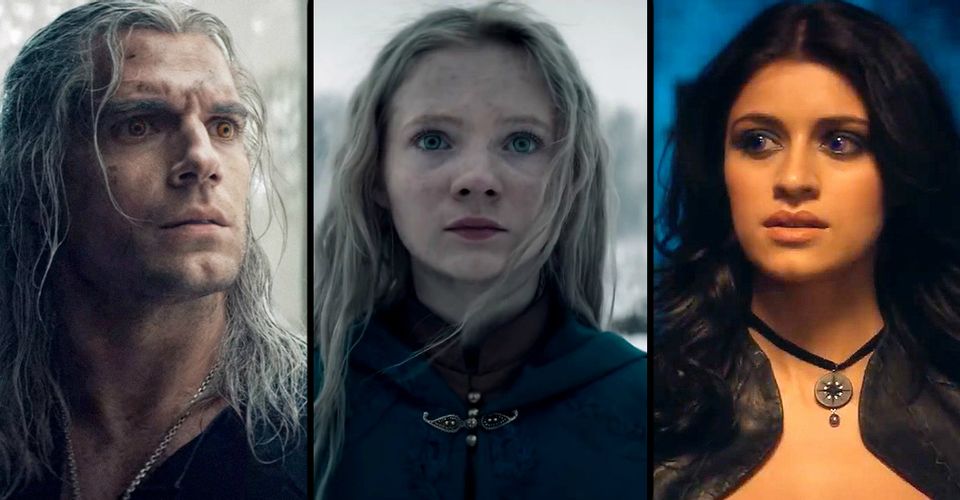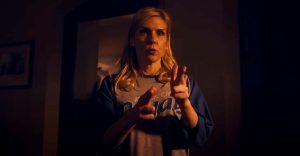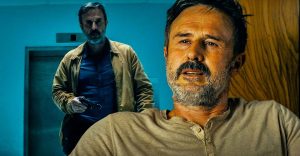Why The Witcher Isn’t In Chronological Order

Here’s why events in The Witcher are told out of chronological order. The Witcher has proven to be a remarkable success for Netflix, filling the void left by Game of Thrones. Starring Henry Cavill as Geralt of Rivia, Freyan Allan as Ciri and Anya Chalotra as the sorceress Yennefer, it’s been another hit for the streaming giant.
But, for all The Witcher may be popular with audiences, one aspect of the show has attracted some critique. The overarching narrative of The Witcher is between three time periods, each centered upon one of the main characters, and they all tie together in the season finale. That isn’t immediately clear, however; there’s a single reference hinting at this fact in the first episode, but it isn’t until episode 4 that most viewers began to figure it out. Naturally, it’s caused a great deal of confusion, to the extent that Netflix has released an official Witcher timeline. But why was this story choice necessary?
While many viewers are only familiar with The Witcher because of popular computer games, in truth this Netflix series is based on the short stories and novels by Polish author Andrzej Sapkowski. He wrote his first short story, appropriately called “The Witcher,” on a whim in order to enter a competition for the fantasy magazine Fantastyka. The story was published in 1986 and was tremendously popular; the editors of Fantastyka asked Sapkowski to continue the story of Geralt of Rivia, and thus began a series of short stories. It’s important to remember that these early works were separate adventures, and Sapkowski originally had no intention of creating a cohesive narrative. That came later, when he moved on to writing books, and when some of his earlier works were collected together in “The Last Wish.”

The Witcher showrunner Lauren Schmidt Hissrich has attempted to honor Sapkowski by adapting his works in as faithful a way as possible. Unfortunately, that means that these early adventures – many of which are drawn straight from “The Last Witch” – are essentially standalones. All the connective tissue was woven in later, and feels a little artificial as a result. Meanwhile, Hissrich decided viewers should get to experience the backstories of Ciri and Yennefer rather than simply hear it recounted to Geralt, which means their stories had to be folded into the overarching narrative as well. Interestingly, Sapkowski never actually showed the Battle of Sodden that is seen at the end of The Witcher season 1, instead alluding to it in “Blood of Elves.” Hissrich rightly realized that spectacular conflict would serve as a satisfying climax.
Viewers may be pleased to learn that The Witcher season 2 won’t need to hop around the timeline quite so liberally. That should pick up shortly after the Battle of Sodden, meaning it will chart the adventures of Geralt, Yennefer and Ciri as they deal with a drastically changed world. What’s more, while they don’t always share the same goals and ideals, they’re usually working together – which means their stories will be concurrent.
About The Author


















